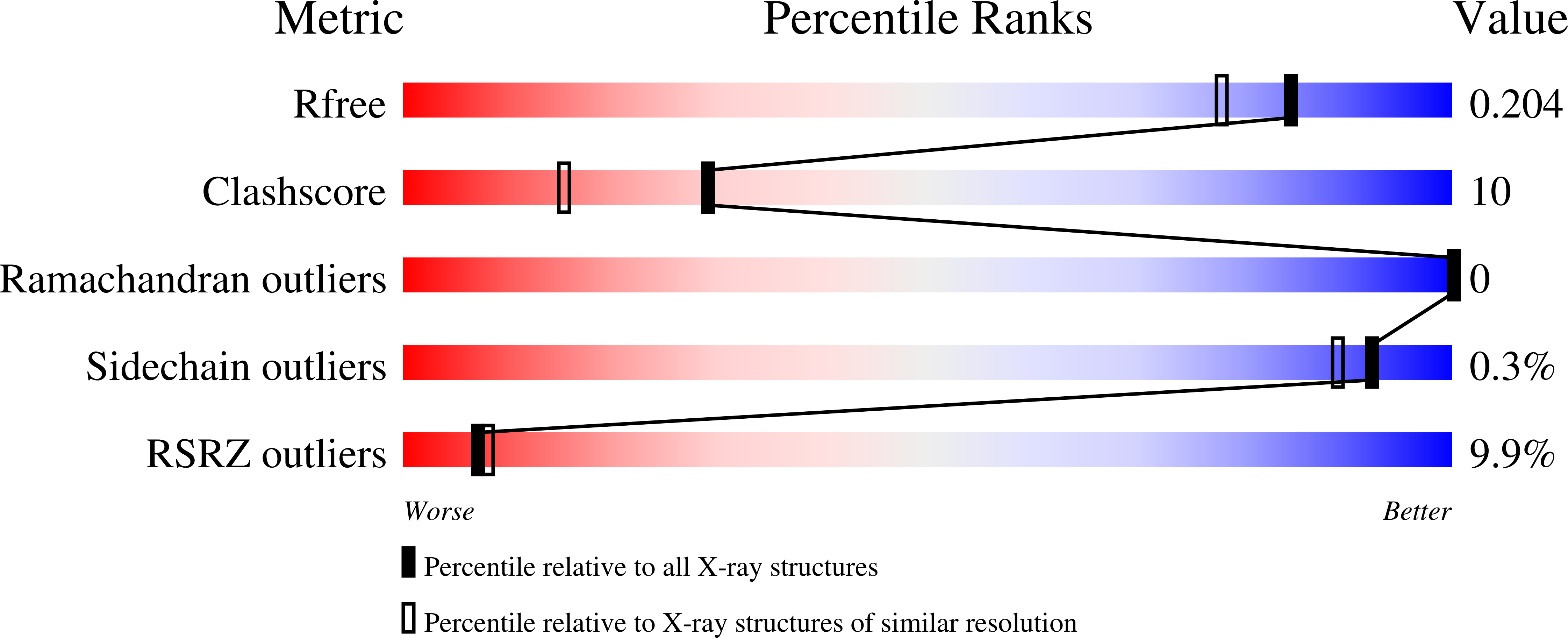
Deposition Date
2021-04-14
Release Date
2021-09-08
Last Version Date
2024-01-31
Entry Detail
PDB ID:
7O82
Keywords:
Title:
The L-arginine/agmatine antiporter from E. coli at 1.7 A resolution
Biological Source:
Source Organism:
Escherichia coli O157:H7 (Taxon ID: 83334)
Host Organism:
Method Details:
Experimental Method:
Resolution:
1.69 Å
R-Value Free:
0.20
R-Value Work:
0.19
R-Value Observed:
0.19
Space Group:
P 21 21 2


